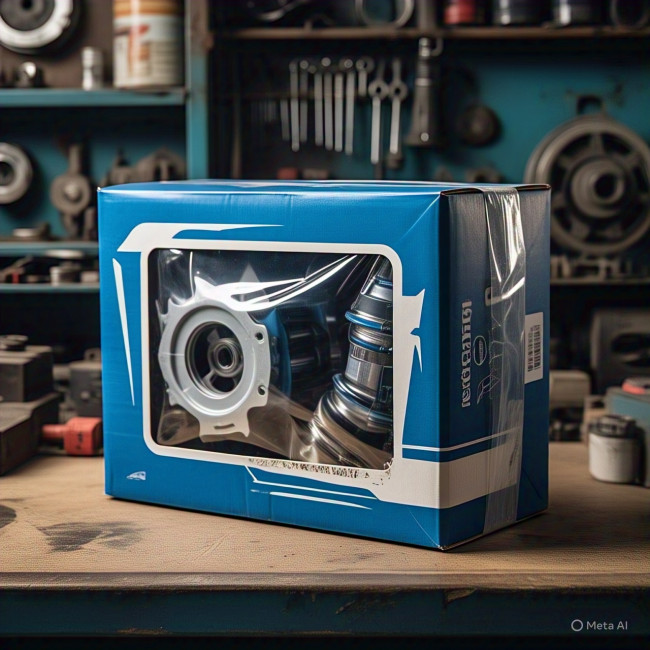What is Natarajasana (Dancer Pose) and its Benefits? Natarajasana or dancer pose is a deep backbend and balancing posture. Bending your body and standing on one leg constantly challenges you. Overcoming these challenges allows you to be at peace and calm. Natarajasana is a lovely combination of structure and movement, and they represent the dance of the graceful Nataraja. This asana helps (Join our yoga school in Rishikesh) you become strong, and it also opens up your body and mind, giving them more grace and power. Natarajasana opens up the heart.
What is Natarajasana (Dancer Pose)
Natarajasana is the king of dance poses. Natarajasana is a Sanskrit word that is driven from three Sanskrit words: 'nata', 'raja', and' asana', which means are as follows:
Nata- Dance
Raja- King
Asana – Pose
Natarajasana is pronounced as nut-ah-raj-ahs-anna.
Lord Shiva, the creator of yoga, is known by 108 names, and Nataraja is one of them. Hindu scriptures refer to Lord Shiva as Nataraja, which means "Dancing Shiva." Lord Shiva's dancing represents his love of music, dance, and art. If performed correctly, Natarajasana resembles the way Lord Shiva dances. Natarajasana (Join our yoga teacher training in Rishikesh) improves digestion, strengthens the spine, and develops better flexibility in the legs. Natarajasana also calms the mind, making it good for health.
Benefits of Natarajasana (Dancer Pose)
Take a look at some of the benefits you will achieve after practicing Natarajasana regularly. Here are all of the benefits offered by Natarajasana are as follows:
Improves Balance
Calms Mind
Reduce Stress
Weight Loss
Improves Posture
Strengthens Legs
Stretch Abdominal
Increase Flexibility
Improve Memory
Stretch Shoulders
Increase Concentration
Improves Balance
Natrajasana develops a sense of balance, stability, and coordination. When we perform Natrajasana, all of your weight rests on one leg. To successfully perform Natrajasana, the brain must concentrate on balancing that weight. Natrajasana develops a sense of balance, stability, and coordination.
Calms Mind
Performing Natrajasana requires balance and concentration, which means Natarajasana exercises the brain and calms the mind.
Reduce Stress
Natarajasana is an effective way to reduce stress. It is useful in calming the mind but requires a lot of practice. (Join our 200 hour yoga teacher training in Rishikesh) The person can perform his work more easily due to reduced stress.
Weight Loss
Natarajasana increases your metabolism and helps in weight loss. As Natarajasana is the posture of Lord Nataraja, it can be used to reduce body weight. It makes the body flexible and reduces excess body fat, so obese people should practice it as often as they can.
Improves Posture
Regular practice of Natarajasana improves body postures by stretching the spine, abdomen, shoulder and by increasing flexibility.
Strengthens Legs
The practice of Natarajasana makes your legs and arms stronger. If your knees are weak, do Natarajasana daily as part of your yoga routine. Natrajasana also gives strength to your chest, ankles, and hips.
Stretch Abdominal
Natarajasana gives your groin, abdominal organs, and thighs a good stretch.
Increase Flexibility
Natarajasana increases your flexibility and strengthens your knees. Natarajasana is one of the best yoga poses for increasing flexibility.
Improve Memory
Natrajasana boosts memory along with improving mental health. People with weak memory should practice (Join our 300 hour yoga teacher training in Rishikesh) Natrajasana to improve their memory.
Stretch Shoulders
Natrajasana helps stretch your shoulders and alleviate the hunch in your back.
Increase Concentration
Natrajasana helps to attain a calm and peaceful mind and increases concentration.
How To Do Natarajasana (Dancer Pose)
To do Natarajasana or dancer pose we should be aware of some beginner tips, precautions, and contradictions, preparatory poses, step-by-step procedures, follow-up or counterposes for Natrajasana which helps us to perform Natarajasana correctly and injury-free. So, let's start with beginner tips.
Beginners Tips for Natarajasana (Dancer Pose)
Here, are some of the beginner tips you should know before performing Natarajasana or dancer pose are as follows:
In the beginning, you may bend your standing leg a little at the knee to lessen the stress of the bodyweight on it. As you practice regularly, it will become easier.
It is challenging to balance in Natarajasana, so follow the steps slowly and gently.
The hand you raise in front can be supported by a wall. Once you can balance well, you will be able to practice without a wall.
Do not overstretch or hold the pose for too long. Work within your strength and flexibility.
Consider using a wall or chair to prevent falling if you have poor balance.
Preparatory Poses for Natarajasana (Dancer Pose)
Now, here are some of the preparatory poses for Natrajasana or dance poses. As you practice yoga poses, you can achieve perfection in the lord of the dance pose. So, given below a list of some preparatory poses for Natrajasana are as follows:
Vrksasana - Tree Pose
Virabhadrasana - Warrior Pose
Adho Mukha Shvanasana - Downward-facing Dog Pose
Dhanurasana - Bow Pose
Steps for Simhagarjasana Natarajasana (Dancer Pose)
Stand in the Tadasana or mountain pose on a yoga mat.
Inhale: lift your left foot.
Your left heel is placed towards your buttock and your knees are bent.
The right foot must carry all of the body's weight.
You can maintain balance by looking at a fixed point.
You should keep your torso upright.
Now, hold the left foot with the left hand from the outside.
Make sure that your lower back doesn't get compressed.
Your pubis should be raised towards your navel, so make sure it is.
You should also press your tailbone to the floor while doing this.
Now, raise your left foot, away from the floor and back, away from your torso.
Bring the right hand upwards in front of the body and make the Gyan Mudra.
Make sure the right hand is parallel to the floor. This is Natarajasana.
Your eyes remain fixed on your right hand.
Hold this posture for a few minutes.
Release, and repeat on the other side.
Duration: Hold Natarajasana (as in Step 13) for about 15 to 30 seconds on each side.
Follow-Up Poses of Natarajasana (Dancer Pose)
Now, move to some follow-up (Join our 500 hour yoga teacher training in Rishikesh) poses or counterposes for Natarajasana or dancer pose to relax the body after performing Natarajasana are as follows:
Ardha Uttanasana - Standing Half Forward Bend
Pashchimottanasana, Seated Forward Bend
Agnistambhasana - Knee to Ankle pose
Shavasana - Corpse Pose
Precautions and Contraindications for Natarajasana (Dancer Pose)
These are some points of caution you must keep in mind before you perform the Natarajasana or dancer pose. Natarajasana should not be practiced if you suffer from any of these conditions:
Severe back pain
heart problems
high blood pressure
low blood pressure
duodenal or peptic ulcers
hernia
colitis
vertigo.
Advance Poses or Variations of Natarajasana (Dancer Pose)
Every Yoga pose has some variations. So here we have some variations of Natarajasana or dancer pose are as follows:
Variation 1: Grab the ankle of your left foot with your right hand. This is a more challenging stance and will increase your ability to balance better. This variation will raise your chest and give a deeper stretch to your shoulders.
Variation 2: You could catch the toes of your left foot with both hands swept behind your back. All steps remain the same as Natrajasana.
What is the use of Natarajasana or Dancer Pose?
Use of the Natarajasana or dancer pose is you will develop greater flexibility and strength in your ankles, legs, thighs, chest, abdomen, thorax, and hips. Regular practice will also improve your balance. It acts as a great stress buster, calming your mind.
Who is the God of dance?
The God of dance is Nataraja (Lord of the Dance). Nataraja is a form of Lord Shiva(Hindu's God), represented in metal or stone in many Shaivite temples.
















